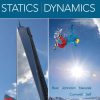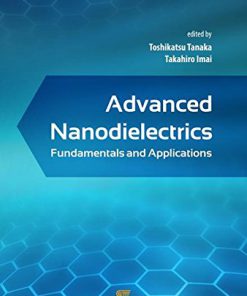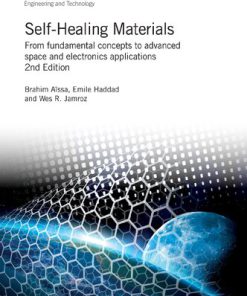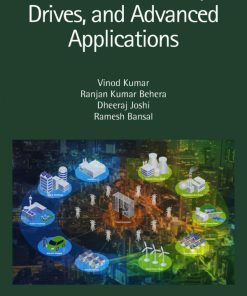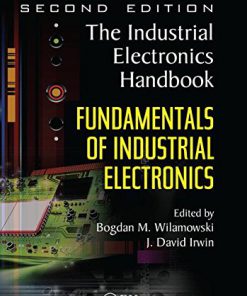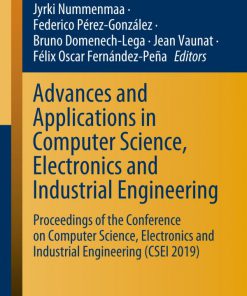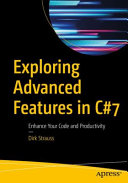FPGAs Fundamentals advanced features and applications in industrial electronics 1st Edition by Juan José Rodriguez Andina, Eduardo de la Torre Arnanz, Maria Dolores Valdés Peña 1351667272 9781351667272
$50.00 Original price was: $50.00.$25.00Current price is: $25.00.
FPGAs : Fundamentals, advanced features, and applications in industrial electronics 1st Edition by Juan José Rodriguez Andina, Eduardo de la Torre Arnanz, Maria Dolores Valdés Peña – Ebook PDF Instant Download/DeliveryISBN: 1351667272, 9781351667272
Full download FPGAs : Fundamentals, advanced features, and applications in industrial electronics 1st Edition after payment.
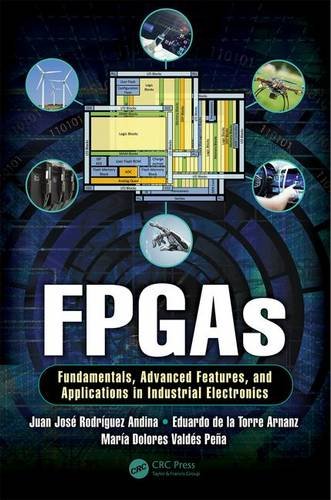
Product details:
ISBN-10 : 1351667272
ISBN-13 : 9781351667272
Author: Juan José Rodriguez Andina, Eduardo de la Torre Arnanz, Maria Dolores Valdés Peña
Field Programmable Gate Arrays (FPGAs) are currently recognized as the most suitable platform for the implementation of complex digital systems targeting an increasing number of industrial electronics applications. They cover a huge variety of application areas, such as: aerospace, food industry, art, industrial automation, automotive, biomedicine, process control, military, logistics, power electronics, chemistry, sensor networks, robotics, ultrasound, security, and artificial vision. This book first presents the basic architectures of the devices to familiarize the reader with the fundamentals of FPGAs before identifying and discussing new resources that extend the ability of the devices to solve problems in new application domains. Design methodologies are discussed and application examples are included for some of these domains, e.g., mechatronics, robotics, and power systems.
FPGAs : Fundamentals, advanced features, and applications in industrial electronics 1st Table of contents:
1. FPGAs and Their Role in the Design of Electronic Systems
1.1 Introduction
1.2 Embedded Control Systems: A Wide Concept
1.3 Implementation Options for Embedded Systems
1.3.1 Technological Improvements and Complexity Growth
1.3.2 Toward Energy-Efficient Improved Computing Performance
1.3.3 A Battle for the Target Technology?
1.3.4 Design Techniques and Tools for the Different Technologies
1.3.4.1 General-Purpose Processors and Microcontrollers
1.3.4.2 DSP Processors
1.3.4.3 Multicore Processors and GPGPUs
1.3.4.4 FPGAs
1.3.4.5 ASICs
1.4 How Does Configurable Logic Work?
1.5 Applications and Uses of FPGAs
References
2. Main Architectures and Hardware Resources of FPGAs
2.1 Introduction
2.2 Main FPGA Architectures
2.3 Basic Hardware Resources
2.3.1 Logic Blocks
2.3.2 I/O Blocks
2.3.2.1 SerDes Blocks
2.3.2.2 FIFO Memories
2.3.3 Interconnection Resources
2.4 Specialized Hardware Blocks
2.4.1 Clock Management Blocks
2.4.2 Memory Blocks
2.4.3 Hard Memory Controllers
2.4.4 Transceivers
2.4.4.1 PCIe Blocks
2.4.5 Serial Communication Interfaces
References
3. Embedded Processors in FPGA Architectures
3.1 Introduction
3.1.1 Multicore Processors
3.1.1.1 Main Hardware Issues
3.1.1.2 Main Software Issues
3.1.2 Many-Core Processors
3.1.3 FPSoCs
3.2 Soft Processors
3.2.1 Proprietary Cores
3.2.2 Open-Source Cores
3.3 Hard Processors
3.4 Other “Configurable” SoC Solutions
3.4.1 Sensor Hubs
3.4.2 Customizable Processors
3.5 On-Chip Buses
3.5.1 AMBA
3.5.1.1 AHB
3.5.1.2 Multilayer AHB
3.5.1.3 AXI
3.5.2 Avalon
3.5.3 CoreConnect
3.5.4 WishBone
References
4. Advanced Signal Processing Resources in FPGAs
4.1 Introduction
4.2 Embedded Multipliers
4.3 DSP Blocks
4.4 Floating-Point Hardware Operators
References
5. Mixed-Signal FPGAs
5.1 Introduction
5.2 ADC Blocks
5.3 Analog Sensors
5.4 Analog Data Acquisition and Processing Interfaces
5.5 Hybrid FPGA–FPAA Solutions
References
6. Tools and Methodologies for FPGA-Based Design
6.1 Introduction
6.2 Basic Design Flow Based on RTL Synthesis and Implementation Tools
6.2.1 Design Entry
6.2.2 Simulation Tools
6.2.2.1 Interactive Simulation
6.2.2.2 Mixed-Mode Simulation
6.2.2.3 HIL Verification
6.2.3 RTL Synthesis and Back-End Tools
6.2.3.1 RTL Synthesis
6.2.3.2 Translation
6.2.3.3 Placement and Routing
6.2.3.4 Bitstream Generation
6.3 Design of SoPC Systems
6.3.1 Hardware Design Tools for SoPCs
6.3.2 Software Design Tools for SoPCs
6.3.3 Core Libraries and Core Generation Tools
6.4 HLS Tools
6.5 Design of HPC Multithread Accelerators
6.6 Debugging and Other Auxiliary Tools
6.6.1 Hardware/Software Debugging for SoPC Systems
6.6.1.1 Software Debugging
6.6.1.2 Hardware Debugging
6.6.1.3 Hardware/Software Co-Debugging
6.6.2 Auxiliary Tools
6.6.2.1 Pin Planning Tools
6.6.2.2 FPGA Selection Advisory Tools
6.6.2.3 Power Estimation Tools
References
7. Off-Chip and In-Chip Communications for FPGA Systems
7.1 Introduction
7.2 Off-Chip Communications
7.2.1 Low-Speed Interfaces
7.2.2 High-Speed Interfaces
7.3 In-Chip Communications
7.3.1 Point-to-Point Connections
7.3.2 Bus-Based Connections
7.3.3 Networks on Chip
References
8. Building Reconfigurable Systems Using Commercial FPGAs
8.1 Introduction
8.2 Main Reconfiguration-Related Concepts
8.2.1 Reconfigurable Architectures
8.3 FPGAs as Reconfigurable Elements
8.3.1 Commercial FPGAs with Reconfiguration Support
8.3.2 Setting Up an Architecture for Partial Reconfiguration
8.3.3 Scalable Architectures
8.3.4 Tool Support for Partial Reconfiguration
8.3.5 On-Chip Communications for Reconfigurable System Support
8.4 RTR Support
8.4.1 Self-Managing Systems
8.4.2 Adaptive Multithread Execution with Reconfigurable Hardware Accelerators
8.4.3 Evolvable Hardware
References
9. Industrial Electronics Applications of FPGAs
9.1 Introduction
9.2 FPGA Application Domains in Industrial Electronics
9.2.1 Digital Real-Time Simulation of Power Systems
9.2.2 Advanced Control Techniques
9.2.2.1 Power Systems
9.2.2.2 Robotics and Automotive Electronics
9.2.2.3 Use of Floating-Point Operations
9.2.3 Electronic Instrumentation
9.3 Conclusion
People also search for FPGAs : Fundamentals, advanced features, and applications in industrial electronics 1st:
fpga fundamentals
fpga advanced projects
fpgas for dummies
fpgas vs asics
advanced fpga
Tags: Fundamentals advanced, features, applications, industrial electronics, José Rodriguez Andina, Eduardo de la Torre Arnanz, Maria Dolores Valdés Peña
You may also like…
Engineering - Industrial Engineering & Materials Science
Cookbooks
Computers - Programming
Uncategorized


